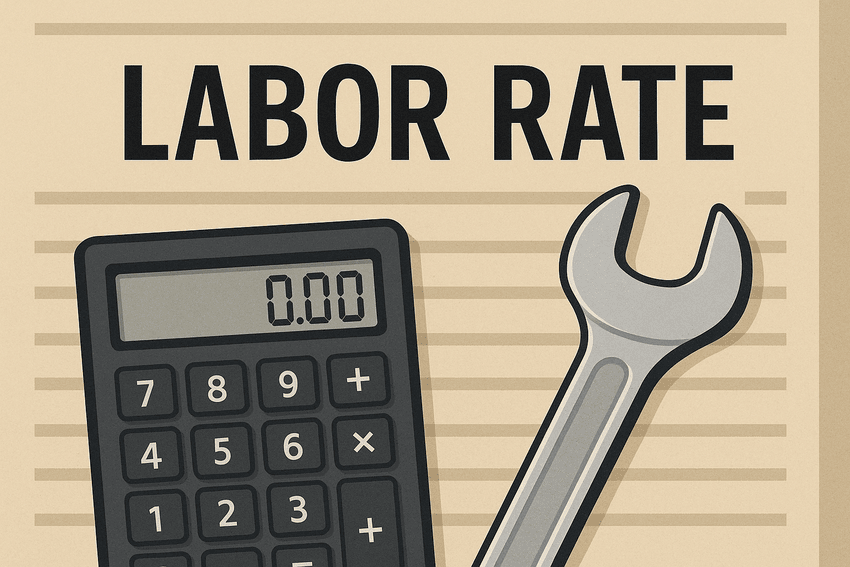Labor Rate
Find out what labor rate is, how it's calculated, and why it matters for accurate budgeting and effective project planning.

What is labor rate?
Labor rate refers to the hourly cost of paying a worker, including wages and indirect employment expenses. It often includes not just the employee’s base pay, but also additional costs like taxes, insurance, and benefits. Labor rates help businesses estimate the true cost of labor when planning budgets, setting prices, or quoting clients.
For example, in industries like construction, consulting, and manufacturing, labor rates are essential for project costing, billing clients accurately, and ensuring profitability. A construction firm may use labor rates to calculate the cost of skilled trades per hour, while a consulting agency might apply a higher rate to reflect both employee time and overhead.
Why labor rate matters
A labor rate is crucial because it helps businesses understand the true cost of employing workers, not just their wages, but also other expenses like benefits and taxes.
By understanding labor rates, companies can accurately forecast labor costs when preparing project bids or budgets, ensuring they cover both direct wages and indirect expenses.
An incorrect labor rate, too low or too high, can lead to wrong cost estimates, making bids uncompetitive or causing budget problems and lower profits.
Labor rate formula
Calculation of a labor rate is important for businesses to price services accurately, bid on projects profitably, cover all costs, and pay employees fairly. Below, we’ll explain how to calculate a labor rate and provide an example to illustrate it.
The formula to calculate a labor rate will be as follows:
Labor Rate = Total Labor Cost ÷ Number of Hours Worked
Total labor cost is the full amount a business pays for an employee, not just their wage, but also:
Payroll taxes (e.g., Social Security, Medicare, unemployment tax)
- Employee benefits (e.g., health insurance, retirement contributions)
- Paid time off (vacation, sick leave, holidays)
- Training and onboarding costs
- Work-related expenses (e.g., uniforms, tools, equipment, workspace)
Example:
Let’s say an employee works 160 hours in a month and the employer pays the following costs:
- Base wage: $25/hour × 160 hours = $4,000
- Payroll taxes & benefits: $800
- Training & overhead: $200
Total Labor Cost = $4,000 + $800 + $200 = $5,000
Labor Rate = $5,000 ÷ 160 hours = $31.25/hour
Labor rate vs labor cost
To differentiate between labor rate and labor cost, let's look at their definitions:
- Labor Rate is the per-hour cost of employing someone. It includes their wage plus any additional expenses such as taxes, benefits, and insurance.
- Labor Cost is the total amount paid for labor over a period of time (weekly, monthly, or per project). It’s calculated by multiplying the labor rate by the number of hours worked.
Factors that influence labor rate
Labor rates are flexible, not static. Businesses don’t set rates in a vacuum. Instead, they react to:
- Cost changes (e.g., minimum wage increases, rising healthcare premiums).
- Market shifts (e.g., high demand for AI talent → rates surge).
- Regulatory updates (e.g., new overtime rules → higher effective costs).
- Project/client risks (e.g., complex work → premium pricing).
How TMetric helps you track labor rate and project costs accurately
TMetric helps you track labor rates and project costs accurately by allowing you to set custom hourly rates for each team member or contractor. As time is tracked in real time or entered manually, it’s automatically linked to specific tasks and projects. TMetric then calculates labor costs by multiplying hours worked by the assigned rates, providing a clear view of the project cost. In the Projects Summary report, you can see both billable information and costs.
